In Bill Condon’s Gods and Monsters James Whale (Ian McKellen) — himself a survivor of the Great War — complains that one of the problems with movies about WWI is that “they never get the stench right.” It could be argued then that Whale never saw All Quiet on the Western Front, because even today, this is one of the grittiest and least romanticized of all war films. There’s a brief interlude between the main character, Paul, and a peasant girl, but it’s just sex. There’s nothing remotely heroic — at least in the glory sense — about any aspect of the war. It’s mud, filth, confusion, terror, cruelty, and people killing each other without the slightest notion why — except they’ve been told to. Now, before you say, “Well, who wants to see that?” — and I can see why you might — it’s also a film that never loses sight of the humanity of its major characters, especially Paul and the battle worn Kat (Louis Wolheim) who takes the green recuit under his wing. The sense of their camaraderie and the innately human quality of the characters make the film something much more than just an ugly picture of war. (People are often surprised to see that Wolheim receives top-billing, but the plug-ugly Wolheim was a much bigger star at the time than the then little known Ayres.)
Several things stand out about All Quiet on the Western Front — not the least of which is its relentless damning of the “armchair warriors” back home, those men who — at no risk to themselves — goaded these kids to leave school and engage in a war they barely understood (if they understood it at all). All the recruits really know is that it’s the patriotic thing to do, and they’ll be branded cowards if they don’t join in the wave of patriotic hysteria. (Ironically — but in part because of this film — Lew Ayres was a conscientous objector in WWII, serving as a medic in the South Pacific.) This doesn’t change even as the war drags on — and none of the war enthusiasts are the least bit interested in what Paul has to say about how wonderful and glorious this war isn’t.
Also notable is the way the film details the common soldiers realizing that they haven’t the slightest clue what the war is about. “I never even saw an Englishman till I came here,” one notes. No one can come up with a compelling reason for any of this, though Kat seems to have the sanest solution — one involving stripping all the kings and their cabinets down to their underwear and letting them fight it out with clubs in a roped-off field. Unfortunately, as we know, it was a solution that has never caught on.
But perhaps the single most noteworthy aspect of the film lies in its subtle structure — something the opening scenes don’t suggest — in the way, it slowly draws us into the war and the life of these soldiers in that war. The dying amputee scene — still chilling — is the turning point. Not only is this where the specter of death becomes all too real, but it’s where the changes this war is making in the soldiers themselves — all detailed in what is almost a tangential story about the fate of the dead man’s boots. The film is filled with sequences of similar power — a power undimmed by the passage of 85 years — all geared to illustrate not just the futility of this war, but how it killed so many who physically survived it. Not long before the ending, Paul even voices that he’s no longer at home anywhere but on the battlefield. (No, this was not an original idea of The Hurt Locker.)
As filmmaking, All Quiet is as striking and amazing as anything being turned out today. The battle scenes — devoid of CGI and modern effects — are still sweeping, enthralling, and often terrifying. And they have the advantage of looking solid and real — well, they pretty much are real. What is possibly the most startling thing to realize is that the film’s best remembered moment — the butterfly — is completely an invention of the film. In fact, the hand seen in that iconic shot belongs not to Lew Ayres, but to director Milestone. This is undoubtedly the film that Milestone will be remembered for, and that’s understandable, but it’s worth noting that Milestone made a great many terrific — inventive and creative — films up through 1936. His is a tragedy suffered by many of the major stylists of the early sound era — his once innovative style was overtaken by the assembly-line mentality that took over. He continued to work, but little of his style really survived — except in momentary flashes — in his later films.
The version of All Quiet on the Western Front being shown is the most recent restoration — from when the film was part of Universal’s 100th anniversary celebration — and this digital cinema package is a wonder to behold. There has been some criticism that the restoration overstepped is bounds by evening out some of the original film’s exposures and smoothing over a few of the tracking shots. I find it hard to argue with the results, though, and cannot imagine that as meticulous a technician as Milestone wouldn’t have been delighted by what his film now looks like.
The Asheville Film Society is showing All Quiet on the Western Front on Wednesday, July 22, at 8 p.m. at The Carolina Asheville as part of the Budget Big Screen series. Admission is $6 for AFS members and $8 for the general public. Xpress movie critics Ken Hanke and Justin Souther will introduce the film.


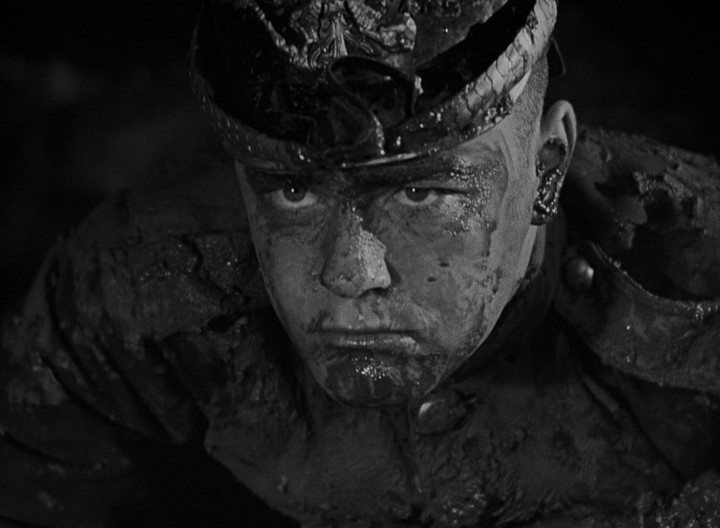

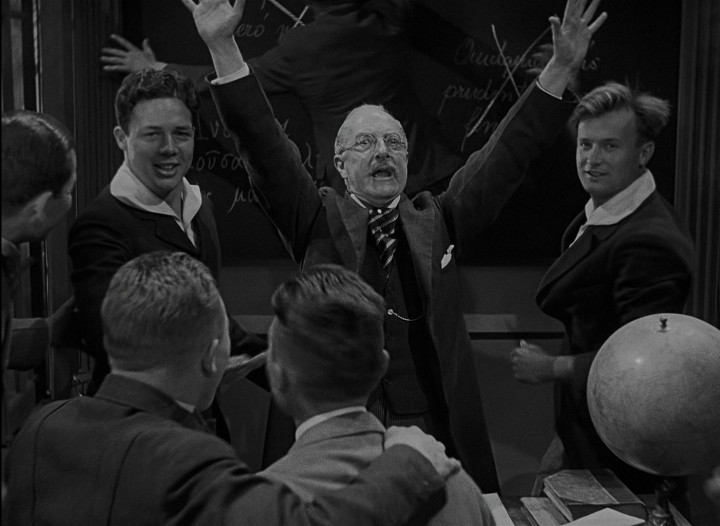
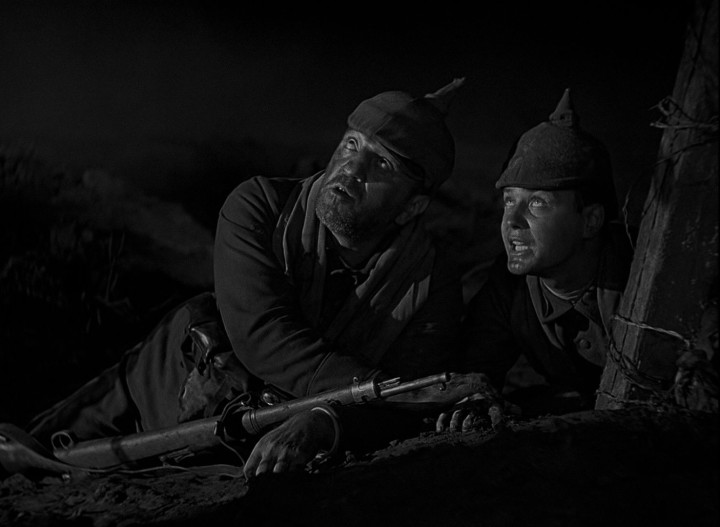

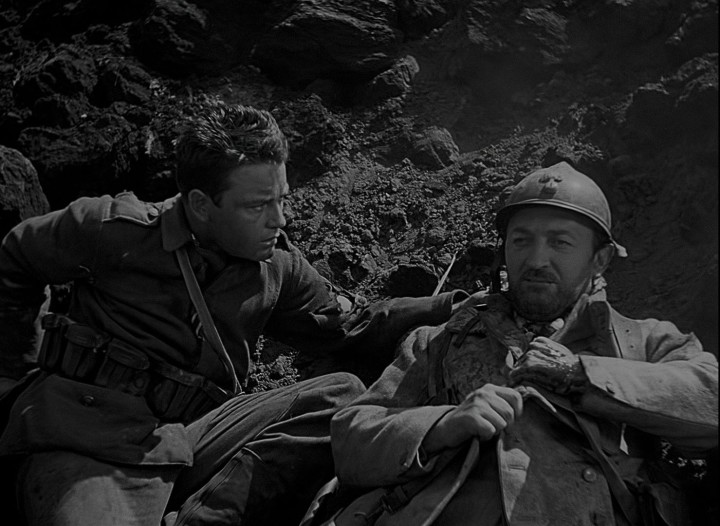
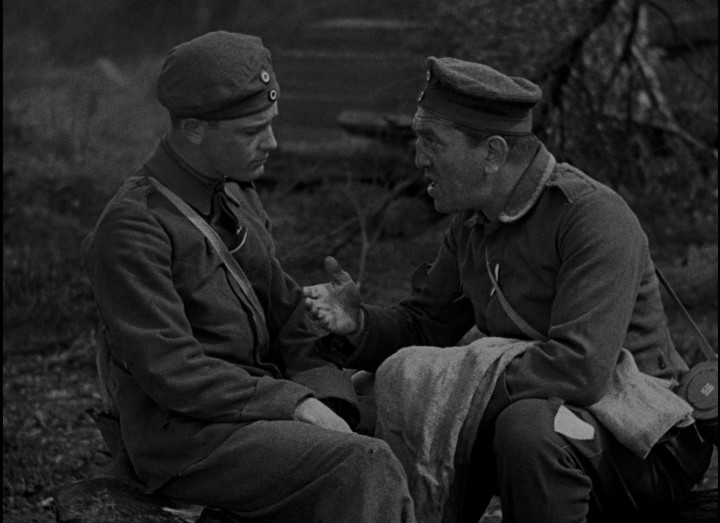

Before you comment
The comments section is here to provide a platform for civil dialogue on the issues we face together as a local community. Xpress is committed to offering this platform for all voices, but when the tone of the discussion gets nasty or strays off topic, we believe many people choose not to participate. Xpress editors are determined to moderate comments to ensure a constructive interchange is maintained. All comments judged not to be in keeping with the spirit of civil discourse will be removed and repeat violators will be banned. See here for our terms of service. Thank you for being part of this effort to promote respectful discussion.